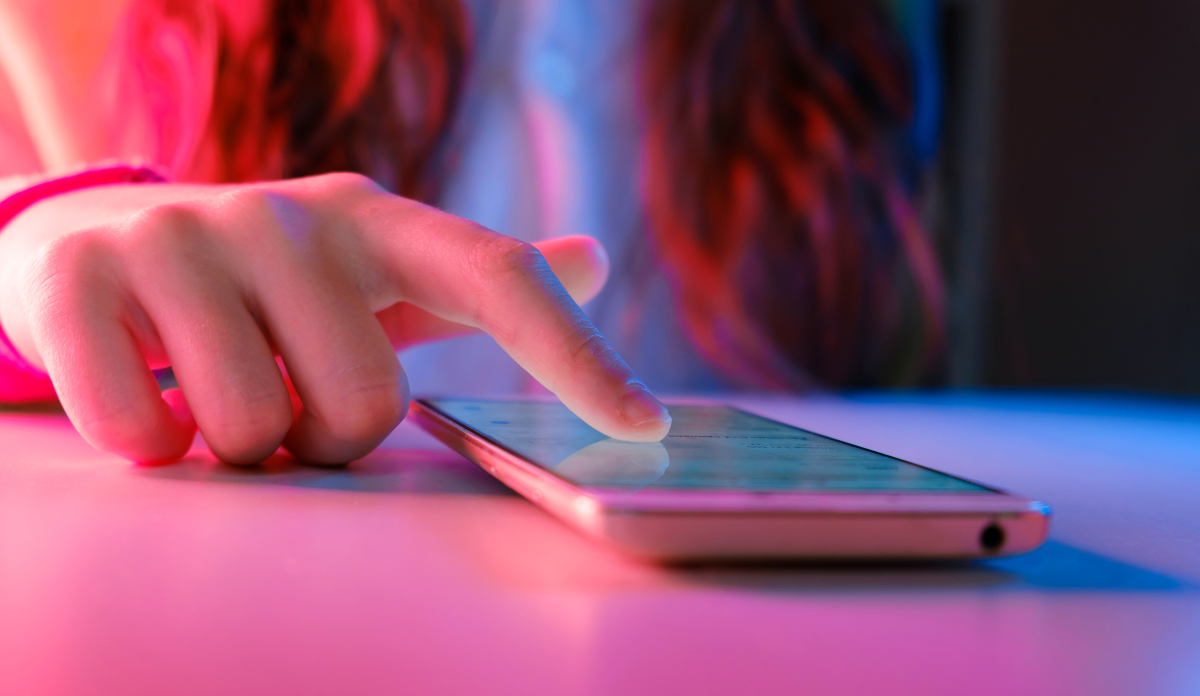As the coronavirus pandemic has affected the global population, social media has served as a primary communication channel for the public to get news and updates about outbreaks and vaccinations. The amount of COVID-related information being produced has been unprecedented, as has misinformation and disinformation. Misinformation refers to false or inaccurate information while disinformation is deliberately misleading or biased information.
More than half of Americans who use social media for news have encountered misinformation about COVID-19. This has led to urgent efforts by public health agencies to use social media platforms to communicate accurate information while also identifying, clarifying, and correcting misinformation. Dispelling COVID-related confusion and chaos has become a top priority.
Even before the pandemic, public health agencies were using social media to inform, mobilize, and coordinate actions at various stages of health crises. They disseminate information through social media, and also engage the public to address and respond to public questions and misperceptions. Still, breaking through this crowded information ecosystem to attract public attention and promote engagement has been challenging.
During public health crises, health agencies need to use a range of communication strategies to engage the public and make sure their messages stand out.
We analyzed the social media communication of 203 public health agencies from January 21 through May 31, 2020. We were particularly interested in their communication strategies to engage with the public. The top five health agencies receiving the most engagement with COVID-19 messages were: Centers for Disease Control and Prevention, the U.S. Surgeon General, the U.S. Department of Health & Human Services, the Ohio Department of Health, and the Los Angeles County Department of Public Health. Of the top 15 health agencies with the highest engagement, nine were state-level, five were national, and one was local.
Agency use of two-way messaging was associated with greater public engagement. That is, the more frequently agencies liked or replied to tweets from other agencies and individuals, the more responses they received in return. This is especially important because such interactivity of health agencies contributes to greater credibility in the eyes of the public.
The health agencies generating the most engagement had the following network characteristics: 1) They were connected with many other agencies. 2) They acted as relationship brokers between other agencies. 3) They were connected with a group of other well-connected agencies. 4) They were part of many subgroups in a network.
During public health crises, health agencies need to use a range of communication strategies to engage the public and make sure their messages stand out. Based on our findings, we recommend that agencies not only focus on crafting their messages but also coordinate their social media communication efforts to strategically position themselves to augment public engagement outcomes. Building communication ties through mentioning, retweeting, or quoting influential actors will elevate their visibility and presence as official sources of public health information, which will help save lives and flatten the curve.
Photo via Getty Images














